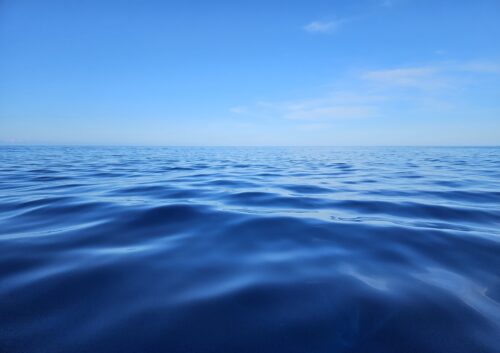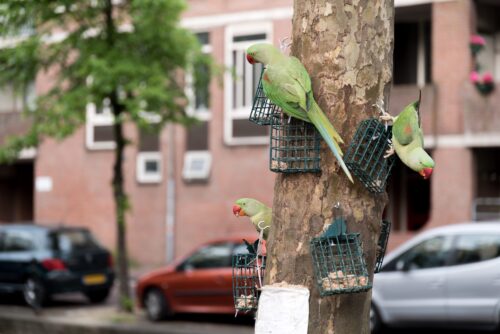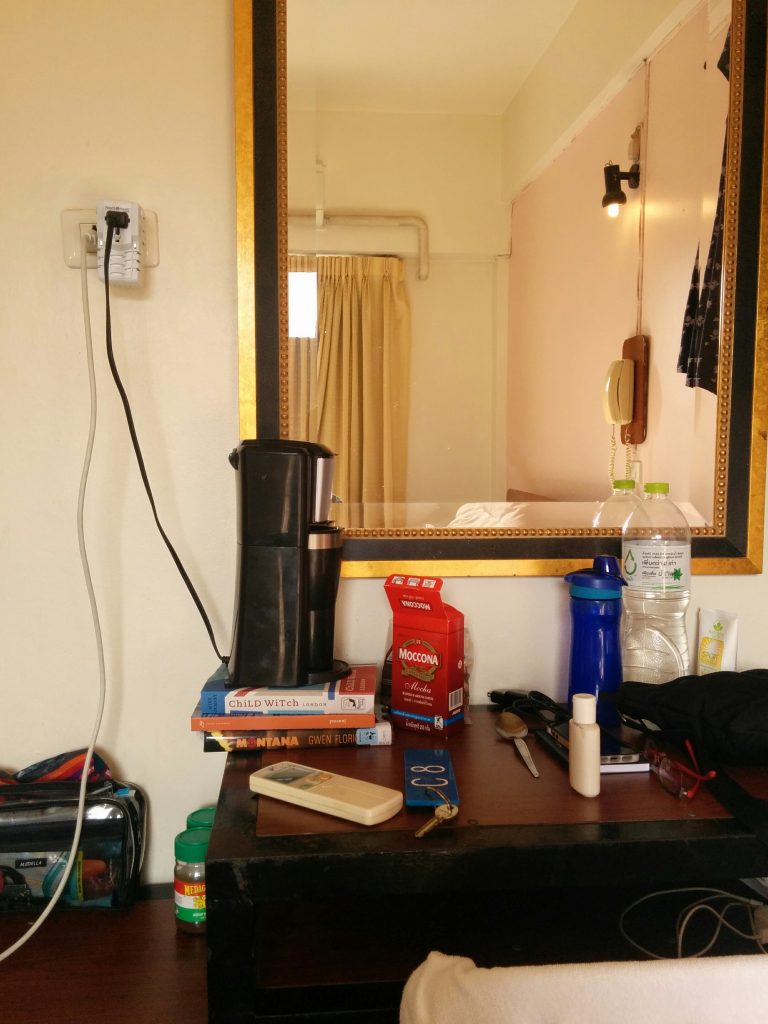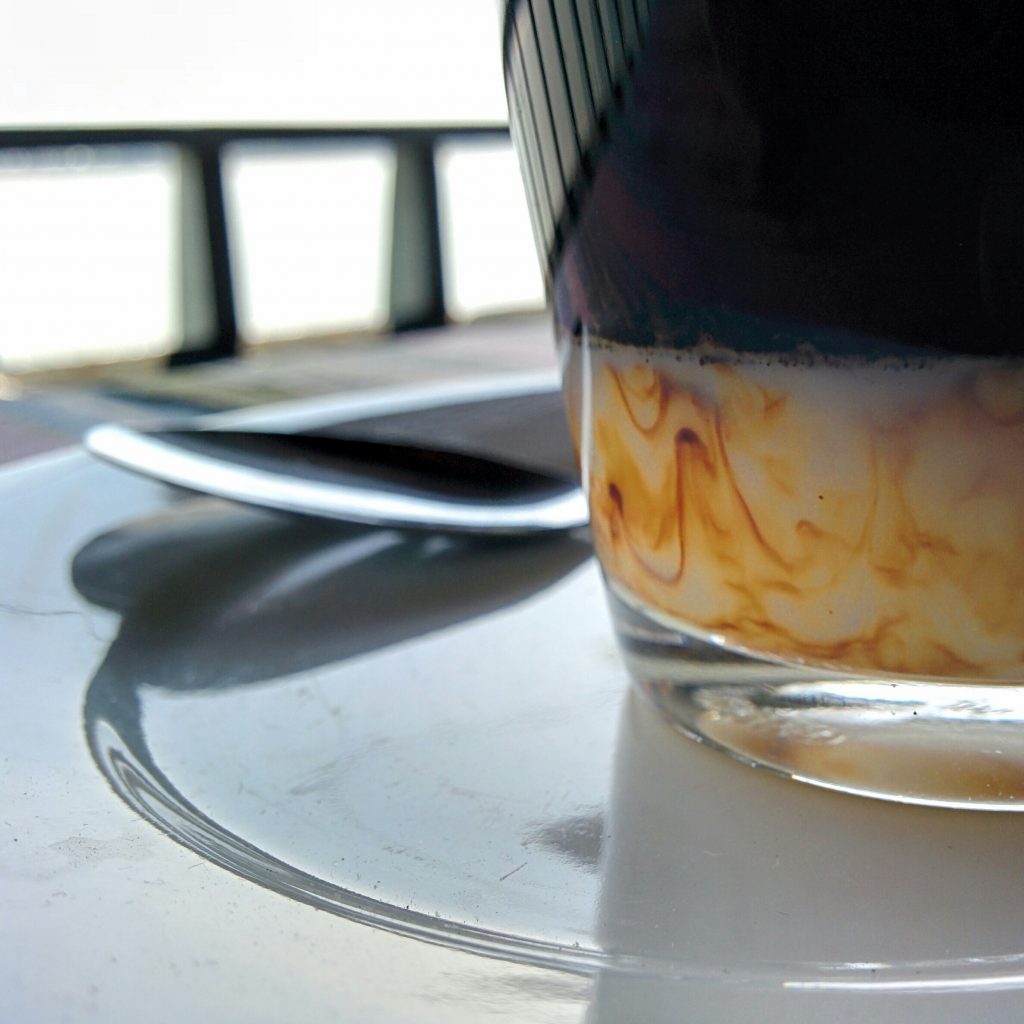Coffee To Go
For the last couple of months, my husband Jerry and I have been traveling across Southeast Asia with a coffee maker. It’s a little lightweight Black & Decker one-mug jobber that ensures we have access to palatable caffeine, on demand, right in our room each morning.
Most cultures have a wake-up routine that includes some type of drink in the wee hours to kick-start the day. For many of us (a.k.a. addicts), that daily drink must include caffeine. If Jerry and I don’t start our day with coffee, we are insufferable cranks by noon. By 2 p.m., we endure a wicked case of brain malaise and a pain in the head like a hammer to the skull. And so, we travel with a coffee maker.
Our little machine also saves us significant money. Figure: Over the years, we have found that coffee in cafés and restaurants averages $1.50 a cup. Multiply that times two (for the two of us), times two again (because we need at least two cups each), and that’s $180 a month, minimum. We once traveled eight months with a coffee maker—a slightly different model but similar—that probably saved us somewhere in the neighborhood of $1,000, all told.
The odd thing is, we frequently end up lugging our little Black & Decker through regions you might assume are flush with properly caffeinated java—the Bolaven Plateau, for example, in southern Laos. It’s home to world-renowned coffee, thanks to French colonists who first planted beans in this cool and rainy volcanic landscape in the early 20th century. The industry died out—first to disease, then to war—but it’s seeing a resurgence today. The fanciest Lao restaurants and cafés serve coffee from the Bolaven Plateau.
Yet the vast majority of Lao markets, shops, and restaurants sell nothing of the sort. The only coffee to be found is 3in1, a powdered mix of nondairy creamer and cane sugar with a few pinches of instant coffee, all together in one compact foil pouch. It’s sweet. It’s handy. It’s what locals drink everywhere in Laos and across much of Asia.
And it’s a curious thing, because culturally, Laotians are accustomed to a diet of rich and bitter tastes—vegetables, herbs, bile, and even particular types of wood (used in soup). Shouldn’t strong black coffee be a hit, too?
No. When it comes to coffee, Laotians like it sweet. If it’s not 3in1 they’re drinking, it’s “café Lao,” whose beans have been roasted with sugar. It’s common across Southeast Asia. When this coffee is ground, it looks like black, glistening crystals.
“So you know it’s not 100 percent coffee,” says Steve Feldschneider, owner and founder of a small specialty roaster in Vientiane. Feldschneider doesn’t add extra ingredients to his coffee, but he says the practice is common. “A lot of countries have been doing this. In America when I was living in New Orleans, it was chicory,” he says. That saves money, but in his opinion, “There’s no taste. It’s like drinking wood.”
According to some reports, only 10 percent of the coffee sold in Vietnam is pure coffee; the rest is a mix of burnt maize powder, soybeans, and added chemicals. And in Cambodia last year, according to The Phnom Penh Post, police arrested four people and seized roughly 30 tons of materials from a “fake coffee enterprise” that used corn, soy, and chemical additives to create a “toxic brew” that smelled like the real deal.
Thankfully, amid this miasma of faux Joe, there are plenty of small-scale coffee growers producing tons of delicious real coffee—fair trade, organic, shade-grown, and all of that. When we’re on the road, Jerry and I buy various local roasts, pre-ground, in small packages that last us several days. With our handy Black & Decker in tow, all we need is filtered water and a functional outlet.
Now those are two entirely different issues …

































